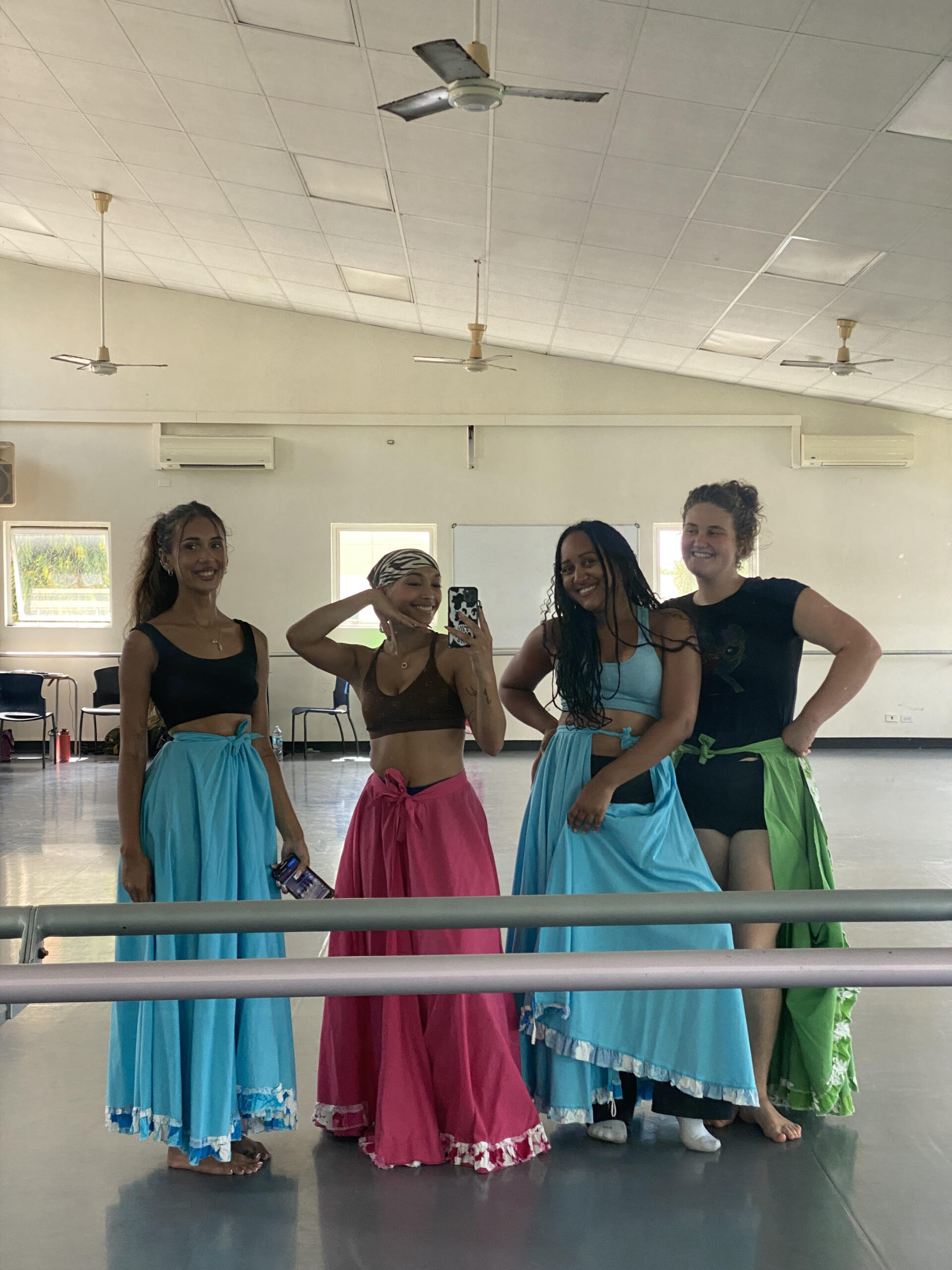
Dancing My Way Through Barbados – Cultural Immersion
Immersing myself in Caribbean culture has been the most unparalleled opportunity and experience I have ever had in my 21 years of life. Generally, when one speaks of the Caribbean, it’s marked as a place for mass tourist attractions and some of the best beaches in the world. It’s the perfect getaway, a place to detract from the stressors of everyday life. While it’s important to note that the Caribbean has been a site for escapism, it would be a disservice for me not to mention its cultural richness and history. I have learned that the Caribbean consists of numerous islands and island nations split into the greater and lesser Antilles, all unique in their own way. The greater Antilles consist of Cuba, Jamaica, Haiti, the Dominican Republic, the Cayman Islands, and Puerto Rico whereas the lesser makes up Antigua, Barbuda, Barbados, Dominica, Grenada, Saint Kitts and Nevis, Saint Lucia, Saint Vincent and the Grenadines, Trinidad and Tobago and Dutch ABC islands. Although geographically the islands are closely located together, every island has its distinctive cultural roots, cuisine, vibrant music, and dance, as well as language and socio-economic structures. It is a privilege to say that I have met at least one person from every island and they have felt safe enough to share parts of their life with me. Listening and reflecting on life with friends and classmates has allowed me to deeply appreciate the beauty in fostering relationships with individuals from diverse backgrounds. I have also found great joy in the cultural richness that my courses offer.
My favorite class that is engrained in cultural immersion is Africana Dance. I have had to master three types of authentic Afro-Caribbean dance styles, consisting of Dinki Mini, Kumina, and Bele. My favorite dance style has been Bele and I’d like to share its origin and the interpretations of the movements. Bele is composed of Caribbean folk dance and music. It can be found in Martinique, St. Lucia, Dominica, Haiti, Grenada, and Trinidad and Tobago. Bele may be the oldest Creole dance of the entire Creole French and West Indian islands, as it strongly reflects influences from African fertility dances as well as dances of the French plantocracy.
In the late 18th century, French plantation owners held dance balls for courtly dances. In essence, Bele is an adaptation of some of these courtly dances and it also adopts the floor patterns and format of the quadrille, which is another French dance from the early 18th century. The enslaved who worked in or around plantation houses mimicked the French style of dress, implemented ceremonious bows, and made grand entrances through sweeping movements. Bele combines these traces of a distinct movement quality of the African enslaved, therefore the Bele dance is deeply ingrained in the Creole legacy. Creole culture is proof of the adaptation of acculturation based upon the amalgamation of European and African social and religious behavior. The significance of the cross-fertilization of the French planters class and the African enslaved that took place is evident in the dancing style, fashion, manners, and language of the dance itself. There are more than 14 types of bele dances. One of them is simple bele, which expresses the gracefulness of the dance and is usually done by La Rinie (the queen). On the other hand, grand bele and congo bele exemplify African dance movements, and each of these is performed to a distinct rhythm. Bongo is another type of bele which is the male dance that embodies strength. It was performed in villages to settle disputes as well as when someone dies to allow the passage of the spirit from one world to the next. Instruments associated with bele are the fiddle, banjo, accordion, and especially drums. The drummers set the tempo and the chauntelle (lead singer) along with the chorus signals the song or that the dance is about to begin.
Having a full understanding of the roots of Bele has allowed me to deeply appreciate the movements and rhythms. My professor is constantly reminding us that the pauses in Bele are about patience and elegance, but also about letting our bodies become the music. I have very little dance experience so being able to take a dance class with such a profound history while abroad has been phenomenal. I love the encouragement and wisdom of my professor and the more experienced dancers who are constantly there to aid us beginners. The cultural awareness, communication, discipline, stress relief, laughs and relationships I have fostered from Africana Dance will never be forgotten. I am truly blessed to be where I am today and I can’t wait to learn even more about my host country.
